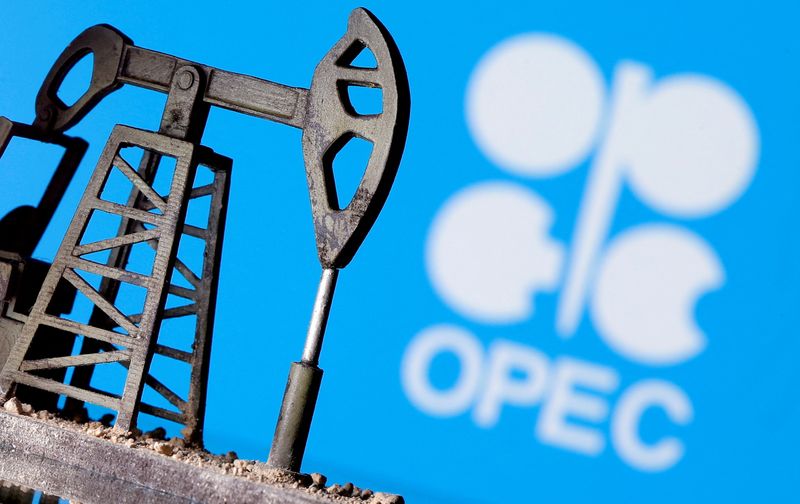LONDON, (Reuters) – OPEC+ supply cuts could erode oil inventories in the rest of this year, potentially driving prices even higher, before economic headwinds limit global demand growth in 2024, the International Energy Agency (IEA) said today.
Tighter supply driven by oil output cuts from OPEC and its allies, together known as OPEC+, and rising global demand have underpinned a rally in oil prices, with Brent crude hitting highs of over $88 a barrel on Thursday, the highest since January.
The IEA said if OPEC+ current targets are maintained, oil inventories could draw by 2.2 million barrels per day (bpd) in the third quarter and 1.2 million bpd in the fourth, “with a risk of driving prices still higher”.
“Deepening OPEC+ supply cuts have collided with improved macroeconomic sentiment and all-time high world oil demand,” the Paris-based energy watchdog said in its monthly oil market report.
The Organization of the Petroleum Exporting Countries (OPEC) and its allies began limiting supplies in late 2022 to bolster the market and in June extended supply curbs into 2024.
The IEA said that in July, global oil supply plunged by 910,000 bpd in part due to a sharp reduction in Saudi output. But Russian oil exports held steady at around 7.3 million bpd in July, the IEA said.
Next year, demand growth is forecast to slow sharply to 1 million bpd, the IEA said, citing lacklustre macroeconomic conditions, a post-pandemic recovery running out of steam and the burgeoning use of electric vehicles.
“With the post-pandemic rebound largely completed and as multiple headwinds challenge the OECD’s outlook, oil consumption gains slow markedly,” the IEA said, referring to Organisation for Economic Co-operation and Development nations.
The IEA’s demand growth forecast is down by 150,000 bpd from last month and contrasts with that of OPEC, which on Thursday maintained its forecast that oil demand will rise by a much stronger 2.25 million bpd in 2024.
“The global economic outlook remains challenging in the face of soaring interest rates and tighter bank credit, squeezing businesses that are already having to cope with sluggish manufacturing and trade,” the IEA said.
For 2023, the IEA and OPEC are less far apart.
The IEA expects demand to expand by 2.2 million bpd in 2023, buoyed by summer air travel, increased oil use in power generation and surging Chinese petrochemical activity. OPEC sees a rise of 2.44 million bpd.
Demand is forecast to average 102.2 million bpd this year, the IEA said, with China accounting for more than 70% of growth, despite concerns about the economic health of the world’s top oil importer.









